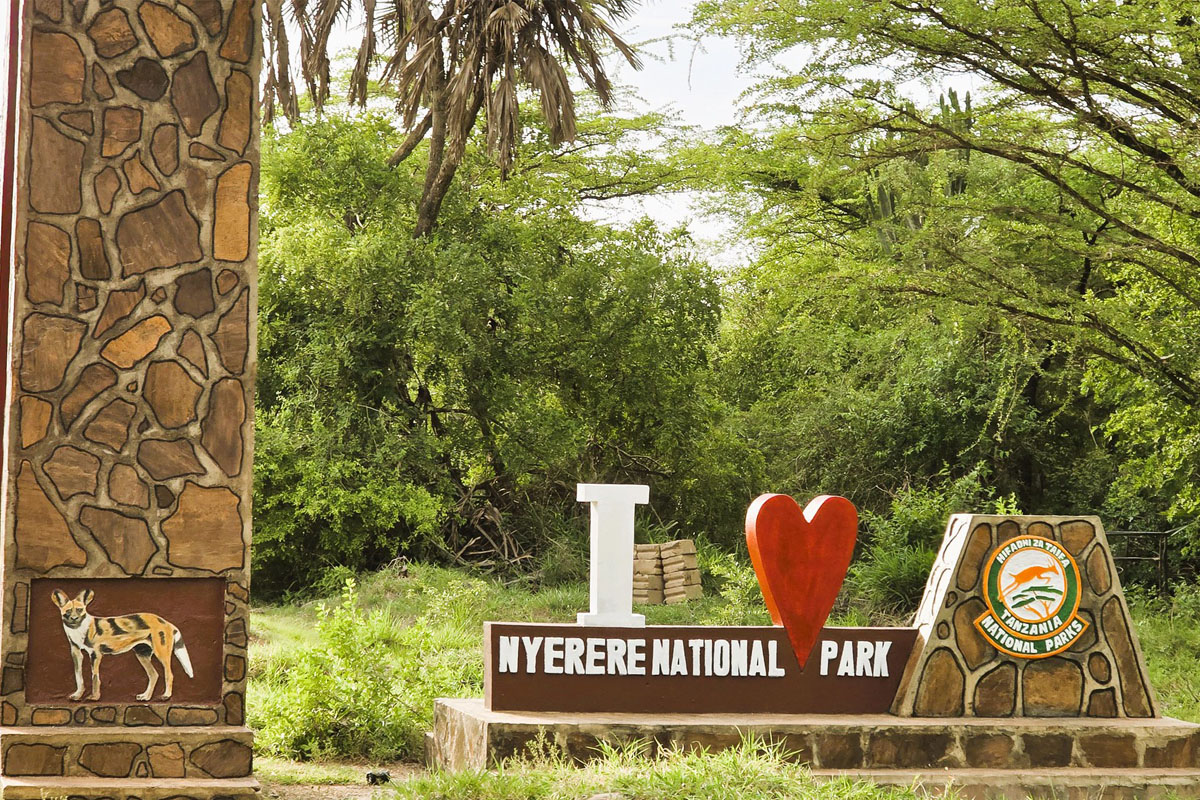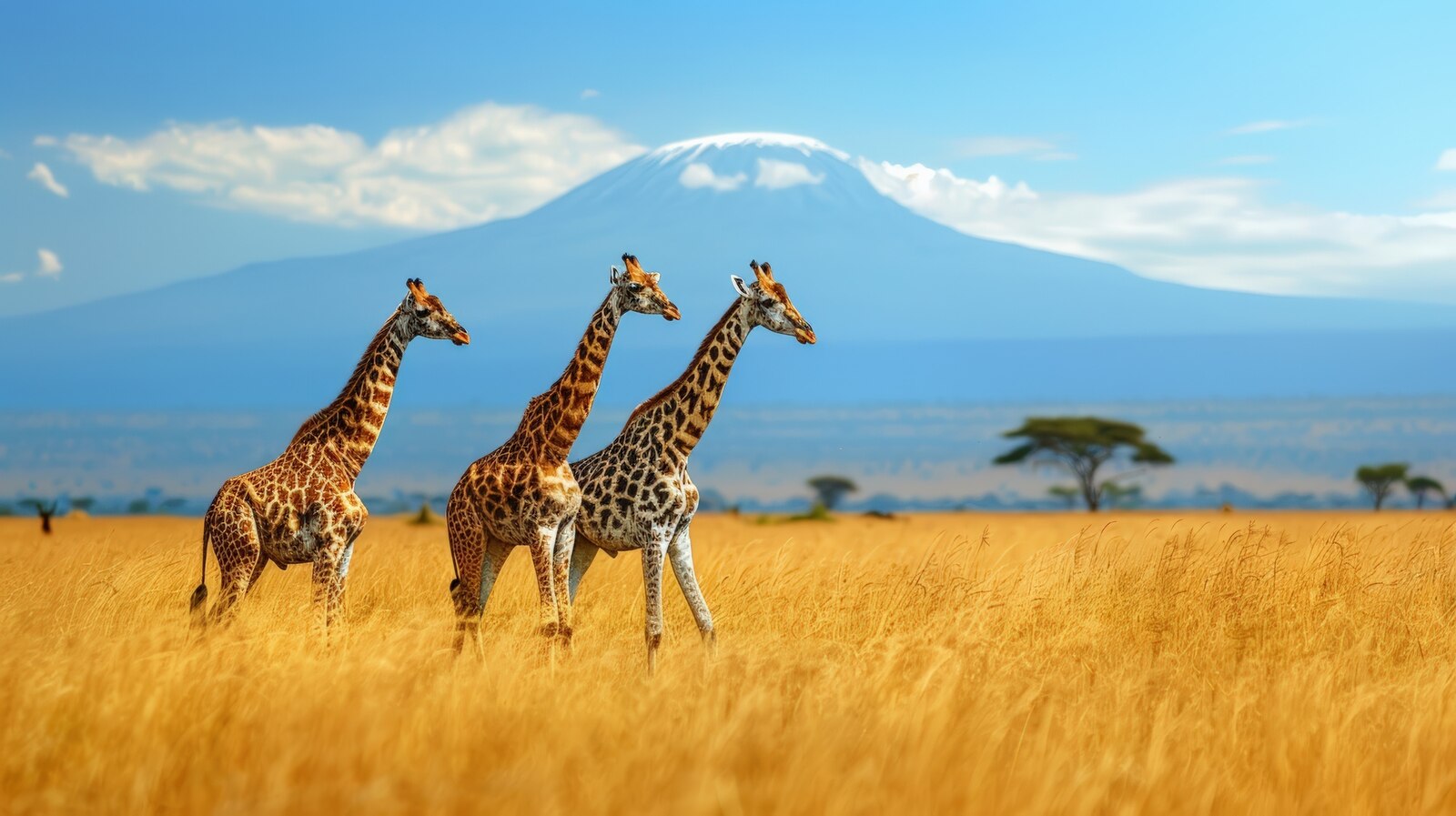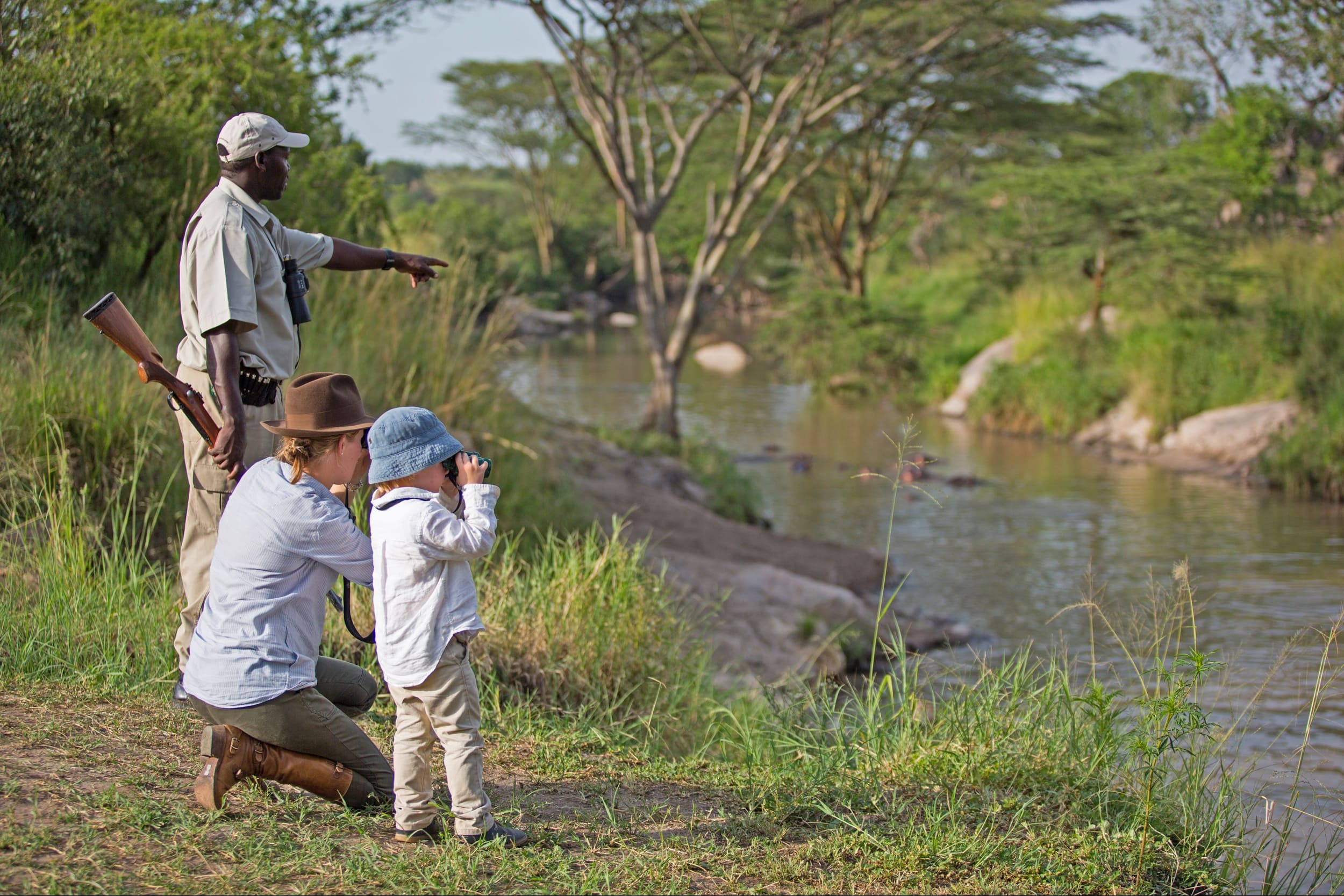Welcome to Nyerere National Park, carved out of the northern part of the vast Selous Game Reserve, now Africa’s largest standalone National Park.
Nyerere National Park
Discover the Mighty Rufiji River and Unspoiled Bush
Welcome to Nyerere National Park, carved out of the northern part of the vast Selous Game Reserve, now Africa’s largest standalone National Park. A UNESCO World Heritage site (as part of Selous), Nyerere is a massive, wild, and relatively untouched expanse of East African bush. Its defining feature is the majestic Rufiji River, which forms an intricate network of channels, oxbow lakes, and swamps, creating a unique aquatic wilderness ideal for boat safaris. The park boasts enormous populations of big game, including some of Africa’s largest concentrations of elephant, buffalo, and hippo, as well as a significant population of endangered African wild dogs.
Nyerere National Park offers a classic safari experience with a unique water-based element, fewer crowds, and a genuine sense of remote wilderness, perfect for those wanting to explore off the beaten track.


Why Visit Nyerere National Park?
Its sheer size offers a true sense of remoteness and wild Africa.
The lifeblood of the park, offering exceptional boat safaris and stunning riverine landscapes.
One of the few parks in Tanzania where walking safaris and boat safaris are standard activities alongside game drives.
One of the best places in Africa to see the endangered African wild dog.
Impressive numbers of elephants, buffalo, hippos, crocodiles, and giraffes. Strong lion and leopard populations.
Over 440 recorded bird species, especially abundant along the river and lakes.
Offers a more exclusive safari experience compared to the Northern Circuit parks.
The Rufiji River Spectacle
The Rufiji River and its associated network of lakes (Tagalala, Manze, Nzerakera etc.) are central to the Nyerere experience, shaping its ecosystems and offering unique safari opportunities.
- Boat Safaris: The quintessential Nyerere activity. Glide along the river and through channels, getting incredibly close to hippos, crocodiles, and a vast array of waterbirds. Elephants, giraffes, and other mammals are often seen drinking at the water’s edge.
- Riverine Habitats: The river sustains lush palm forests and dense thickets, contrasting with the miombo woodlands and open grasslands further inland.
- Fishing: Catch-and-release fishing for tigerfish and catfish is possible in designated areas of the river.
- Seasonal Flooding: The river’s dynamics create a constantly changing landscape, with floodplains emerging as the waters recede in the dry season, attracting grazers.
Best Time to Visit Nyerere National Park
Dry Season (June - October)
- Warm, sunny days and cool, pleasant evenings. Very little to no rain.
- Prime Wildlife Viewing: Animals congregate along the Rufiji River and the lakes, making them easier to spot. Vegetation is thinner.
- Ideal conditions for walking safaris and boat safaris.
- Best time to see wild dogs as they often den near water sources during this period.
- This is the main tourist season, though visitor numbers remain relatively low.
Wet / Green Season (November - May)
- Landscapes become lush and green. Beautiful for photography, with dramatic skies.
- Excellent Bird Watching: Migratory birds are present, and resident birds are in breeding plumage. The riverine areas are teeming with birdlife.
- Many animals give birth during this period.
- Wildlife is more dispersed as water is available throughout the park.
- The "short rains" (Nov-Dec) are typically afternoon thundershowers. The "long rains" (March-May, peaking in April) can be heavy, making some roads impassable and leading to the seasonal closure of many camps (often from mid-March to end of May). Access by air is usually still possible to camps that remain open.
- Fewer tourists during the shoulder seasons (Nov-Dec, Jan-Feb).
Activities in Nyerere National Park
Boat Safaris: A highlight of any Nyerere trip, offering a unique perspective on wildlife, especially hippos, crocodiles, and birds. Usually done in flat-bottomed boats.
Game Drives: Explore the diverse miombo woodlands, open savannas, and riverine areas in open 4×4 vehicles.
Walking Safaris: Accompanied by an armed ranger and experienced guide, walking safaris provide an immersive bush experience, focusing on tracking, smaller creatures, plants, and the thrill of encountering big game on foot.
Fly Camping: Some lodges offer adventurous fly camping trips, sleeping in basic tents in remote wilderness areas for an unforgettable back-to-nature experience.
Fishing: Tigerfish and catfish angling is available on the Rufiji River (catch-and-release).
Bird Watching: With its rich avifauna, Nyerere is a paradise for birders, especially along the waterways.
Cultural Visits: Limited, but some lodges may arrange visits to nearby villages outside the park boundaries.


